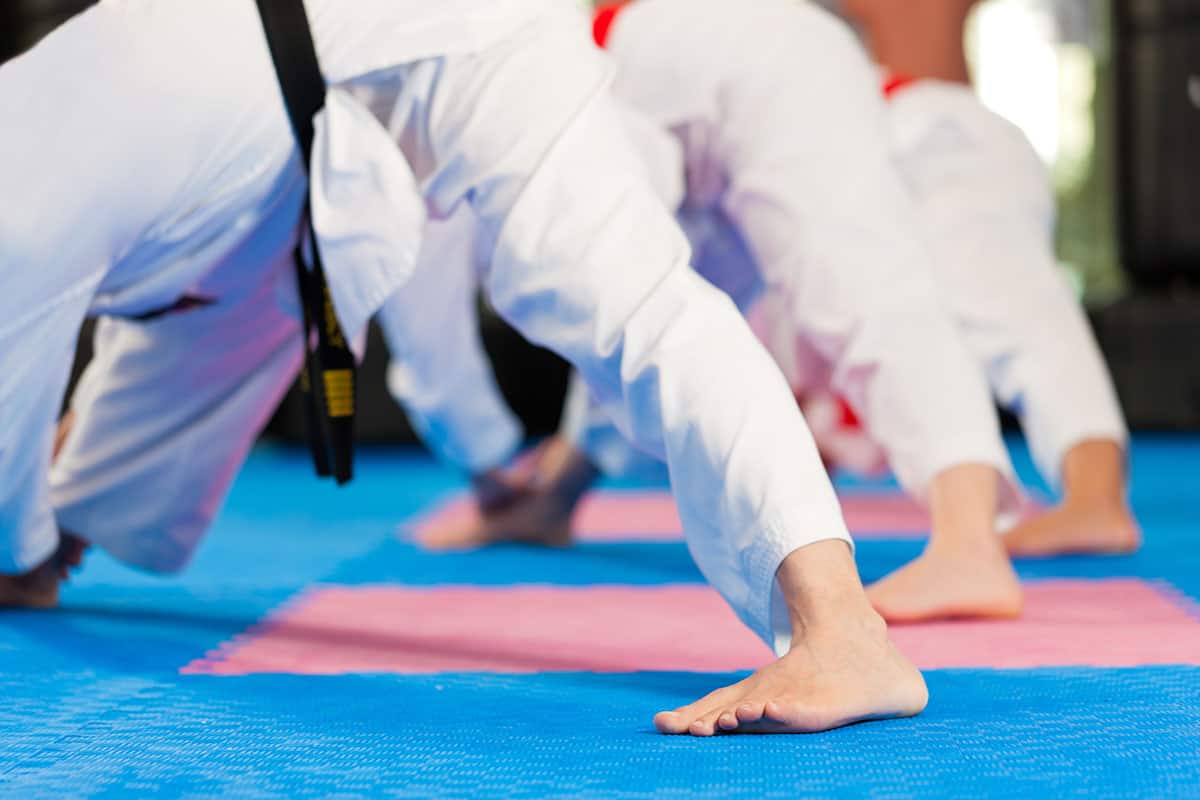As martial artists, we constantly seek ways to optimise our performance, prevent injuries, and maintain peak physical condition.
Through my personal studies and explorations, I have found Dr. Kelly Starrett’s groundbreaking book, Becoming a Supple Leopard, to offer invaluable insights into achieving these goals.
Though originally targeted at CrossFit enthusiasts and athletes, the principles presented in this book are incredibly beneficial for karate practitioners.
By focusing on mobility, structural alignment, and efficient movement, karateka can significantly enhance their practice, generating more power and minimizing the risk of injury.
At the heart of Becoming a Supple Leopard lies the concept of reclaiming our natural, primal movement patterns. Dr. Starrett emphasises the importance of mobility, flexibility, and proper movement mechanics.
His approach is holistic, addressing the body as a complex system where all parts must work harmoniously to achieve optimal performance. This philosophy aligns perfectly with the principles of karate, where efficiency and precision are paramount.
One of the most compelling aspects of Starrett’s teachings is the focus on structural alignment. In karate, generating maximum power requires precise body mechanics. Proper alignment ensures that each movement is efficient and powerful.
Aligning the spine is essential for maintaining strong stances and stable postures. By keeping the hips and shoulders properly aligned, practitioners can deliver more powerful techniques.
Core stability, another key aspect of Starrett’s approach, enhances balance and control, making movements more effective and less taxing on the body.
The teachings of martial arts pioneers such as Gichin Funakoshi, Tsuyoshi Chitose (O’Sensei), Kan? Jigor?, and Morihei Ueshiba reinforce the principles found in Becoming a Supple Leopard.
These legendary masters emphasised the importance of balance, efficient movement, and the harmonious alignment of body and mind. Their philosophies align seamlessly with Dr. Starrett’s focus on mobility, structural alignment, and optimal movement mechanics.
Gichin Funakoshi, the founder of Shotokan Karate, stressed the importance of proper stance and posture, teaching that a strong foundation is crucial for effective technique. This concept mirrors Dr. Starrett’s emphasis on core stability and proper alignment, ensuring that each movement is powerful and precise.
Tsuyoshi Chitose (O’Sensei), the founder of Chito-Ryu Karate, highlighted the significance of natural body movement and relaxation. This resonates with the principles in Becoming a Supple Leopard, which advocates for fluid, efficient movement patterns that reduce strain and prevent injury.
Kan? Jigor?, the founder of Judo, introduced the idea of maximum efficiency with minimal effort. This principle is central to Dr. Starrett’s teachings on structural alignment and efficient movement, ensuring that every action is performed with the least amount of wasted energy.
Morihei Ueshiba, the founder of Aikido, focused on the integration of mind, body, and spirit. His teachings on the fluidity of movement and the importance of balance are echoed in Dr. Starrett’s holistic approach to mobility and alignment.
By integrating these timeless teachings with modern movement principles, karate practitioners can achieve a deeper understanding of their own bodies and enhance their martial arts practice.




0 comments